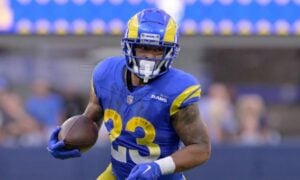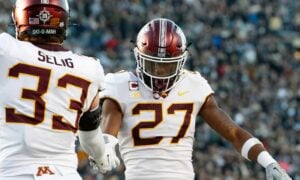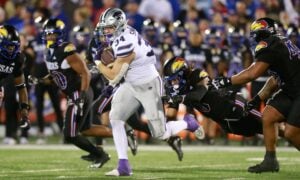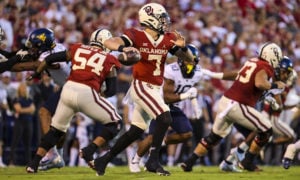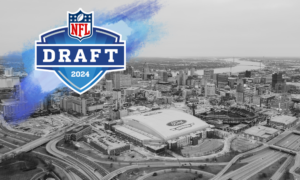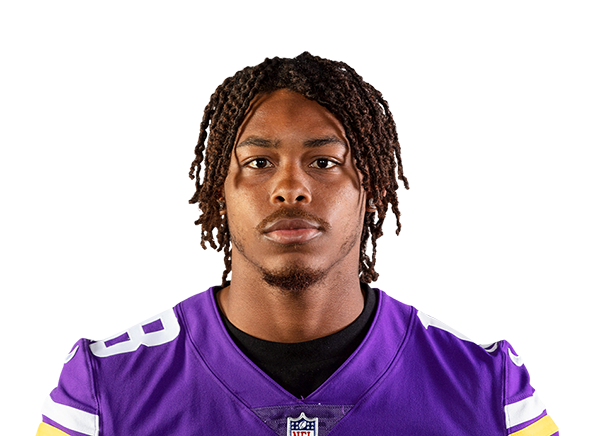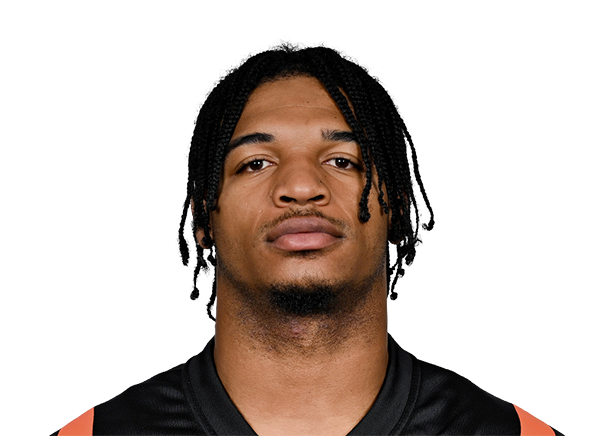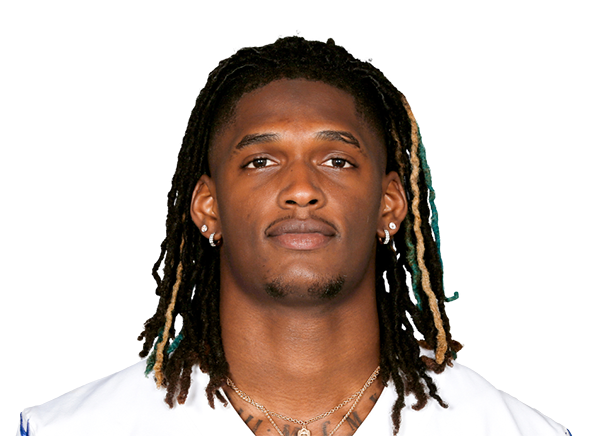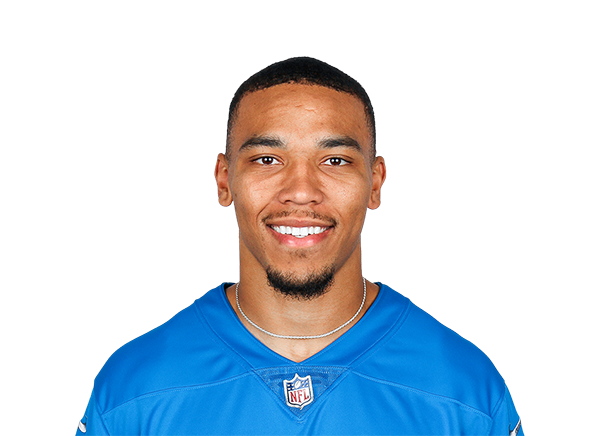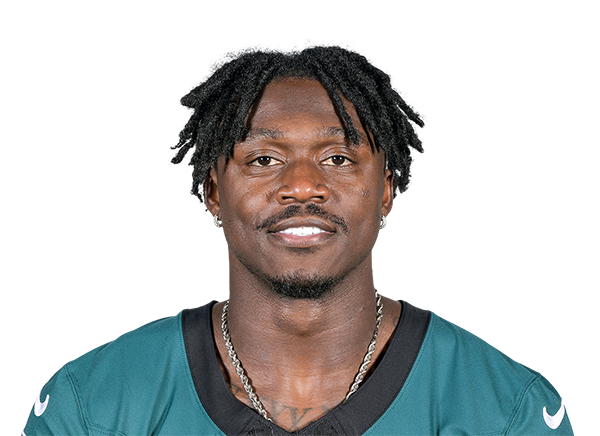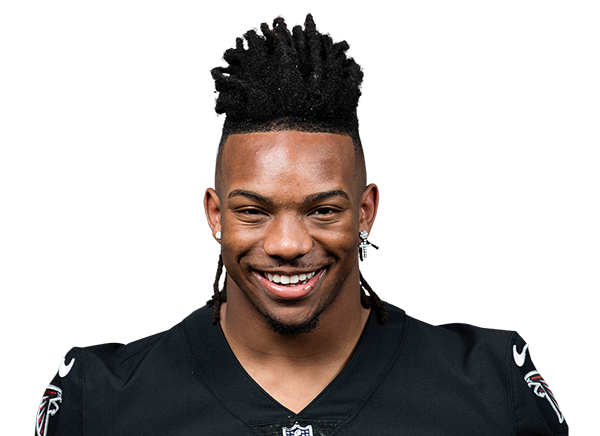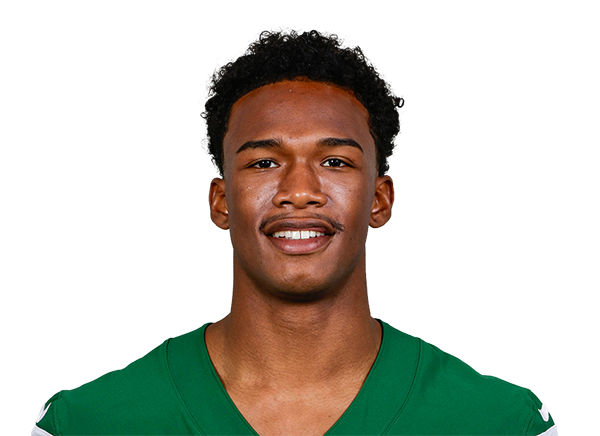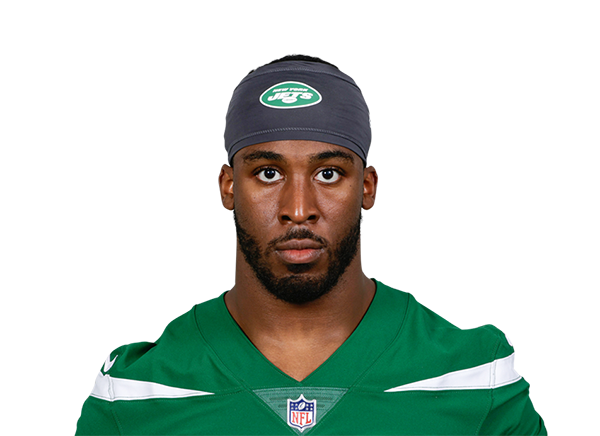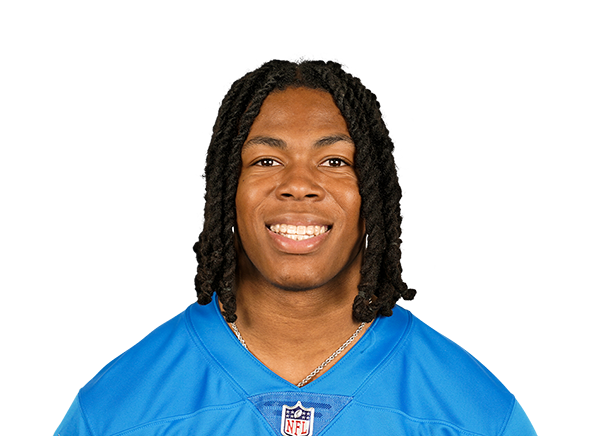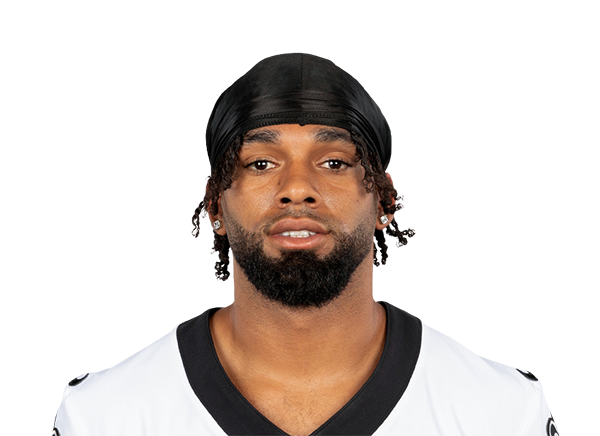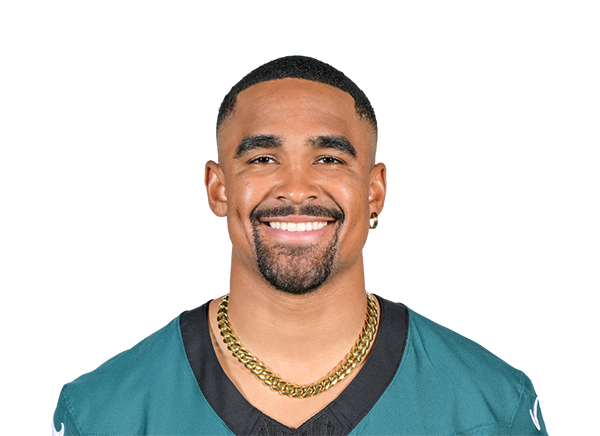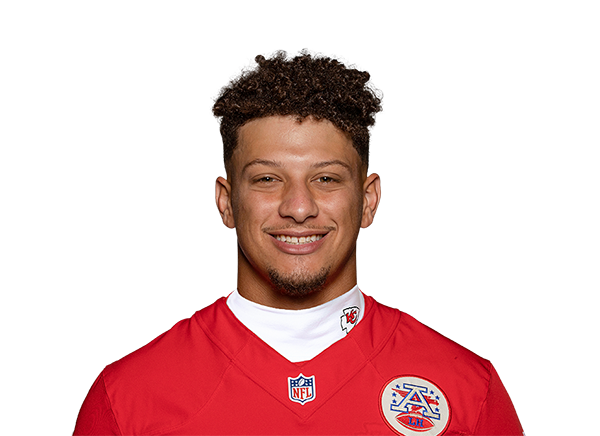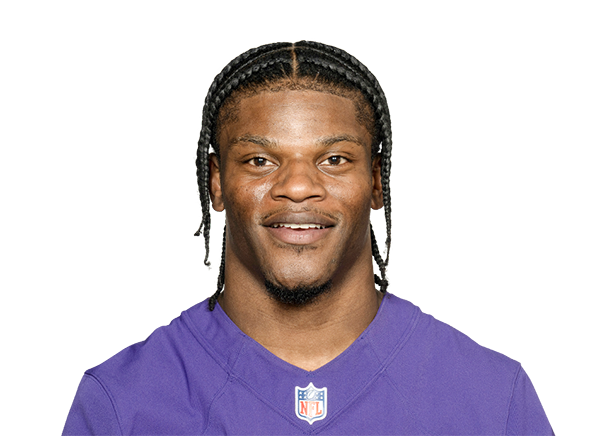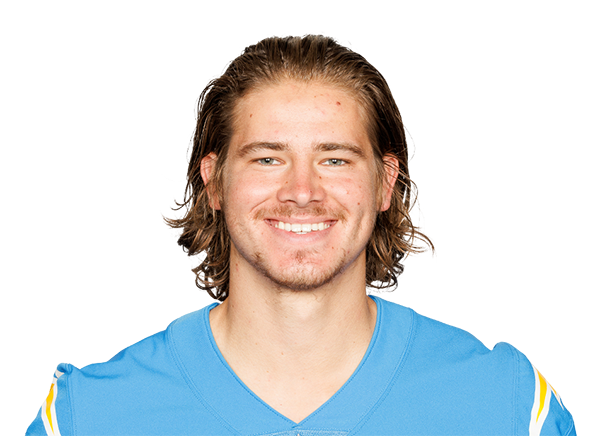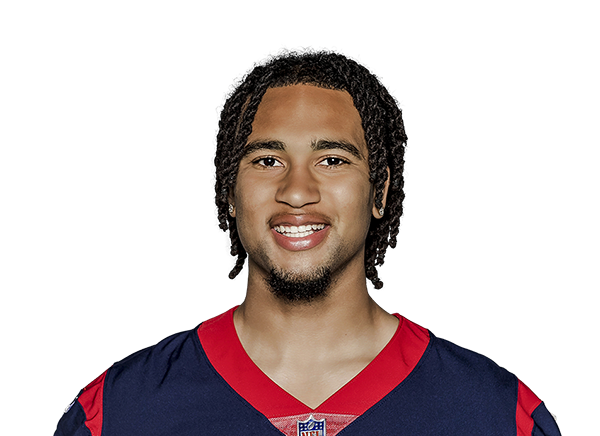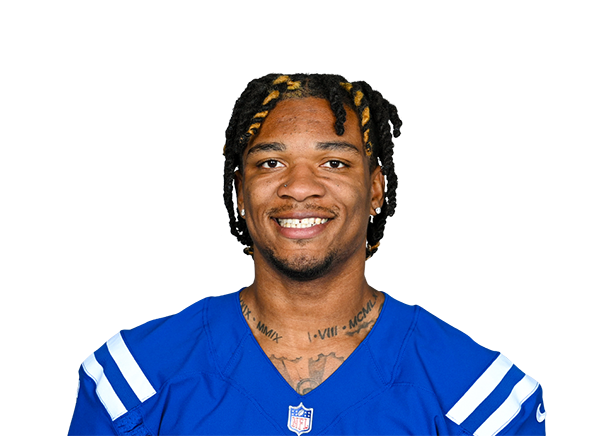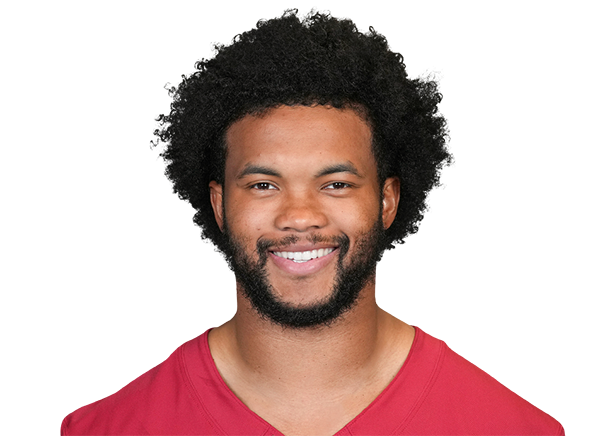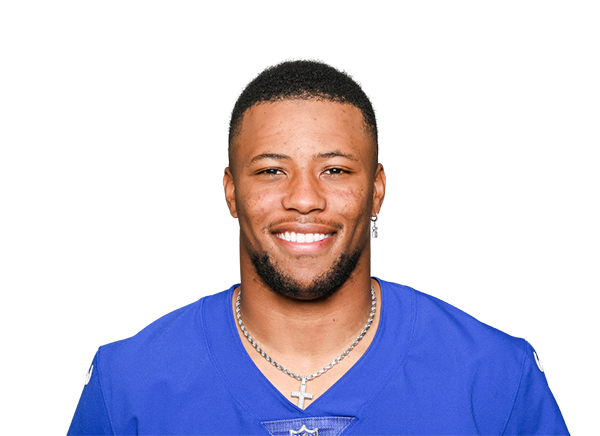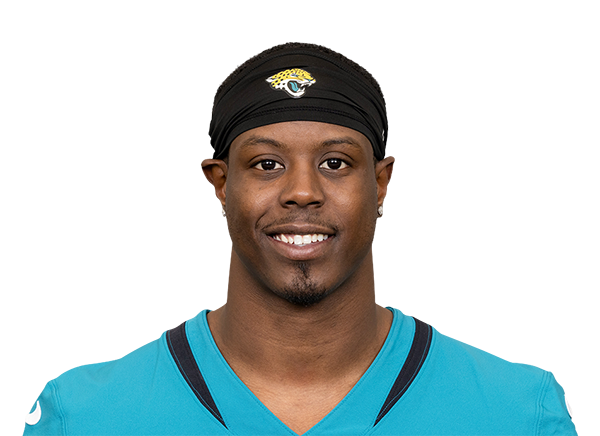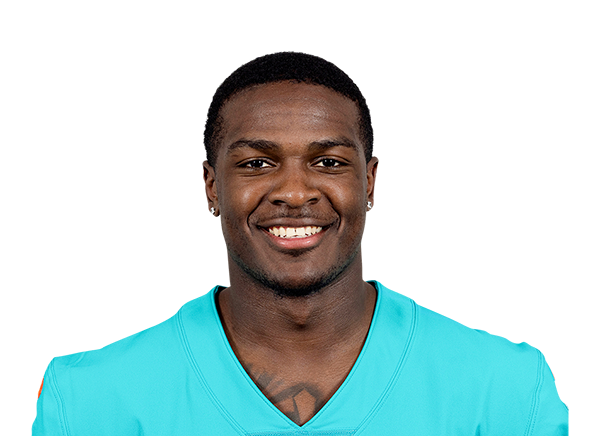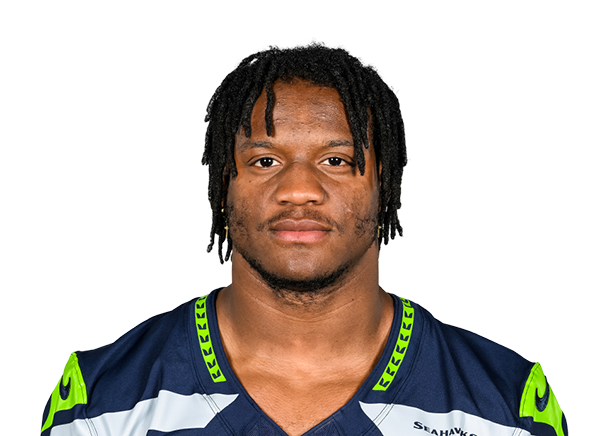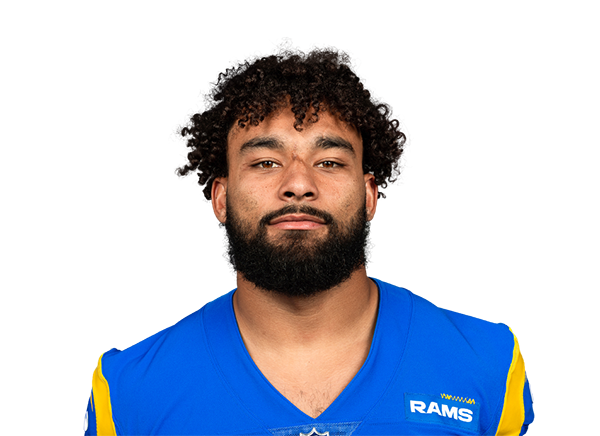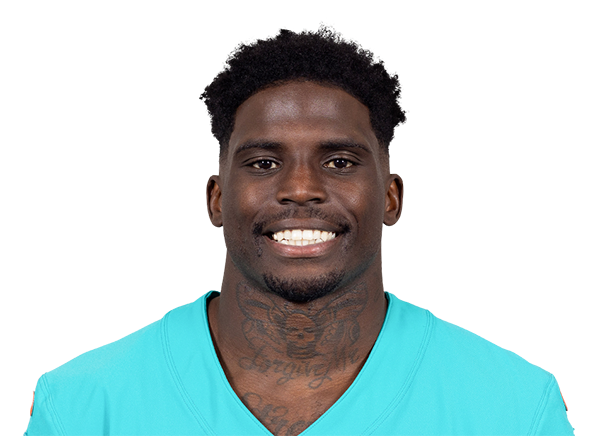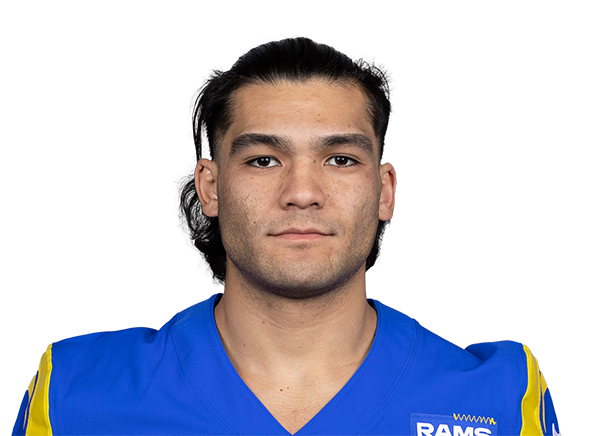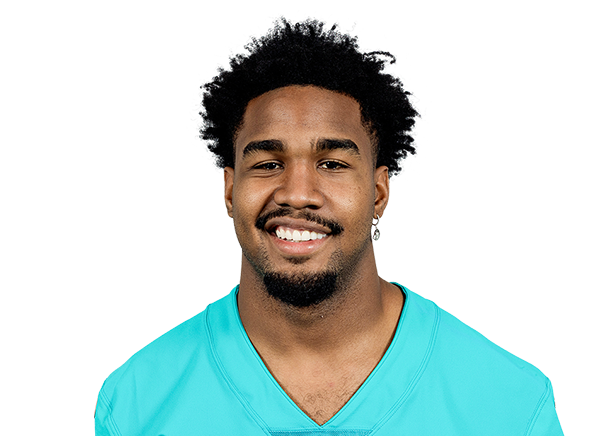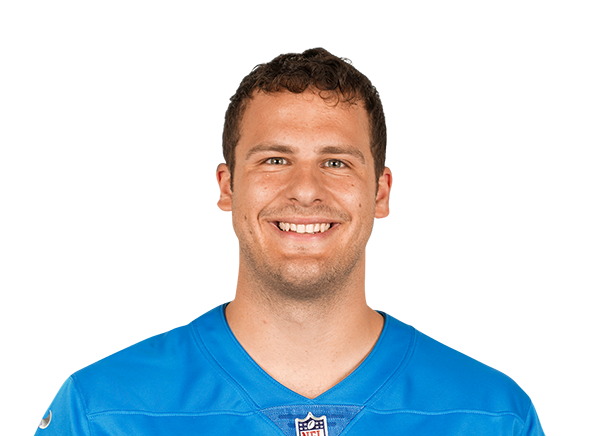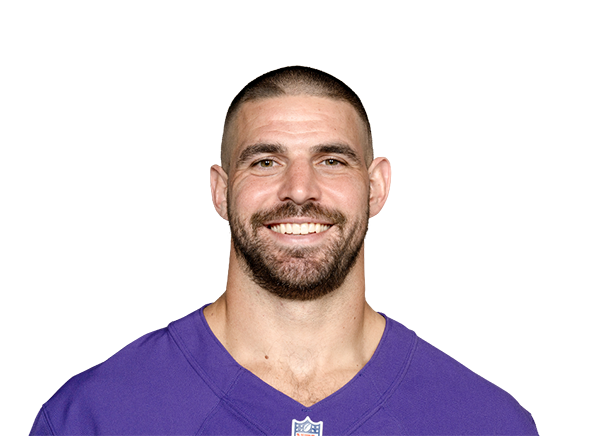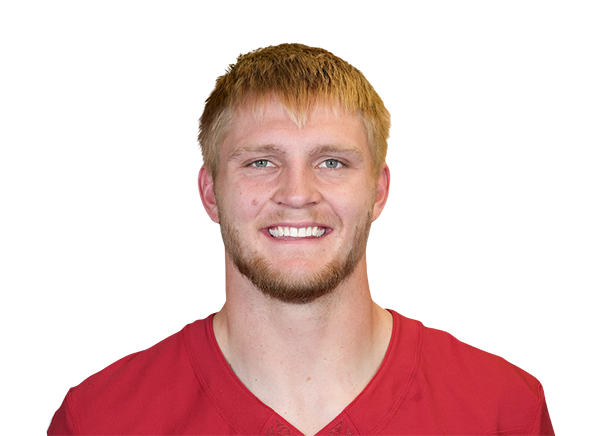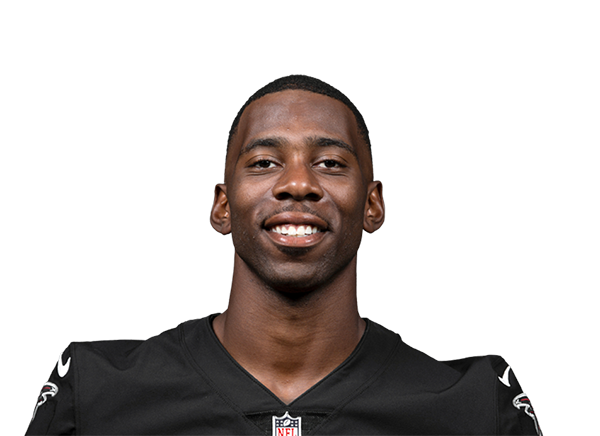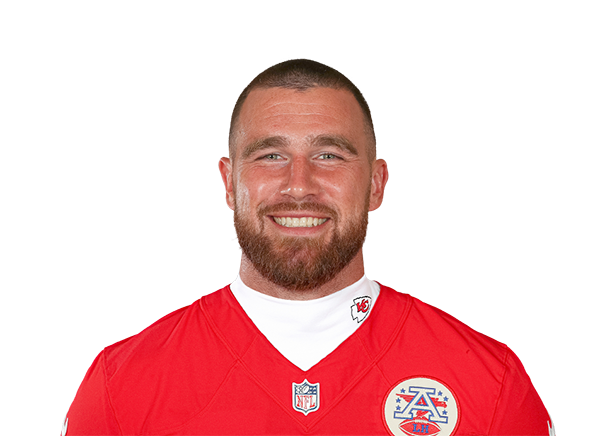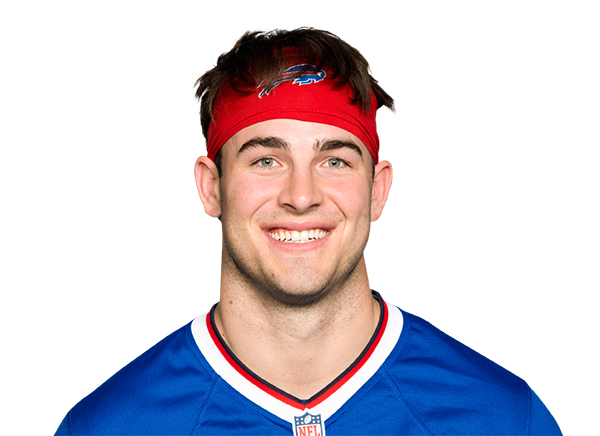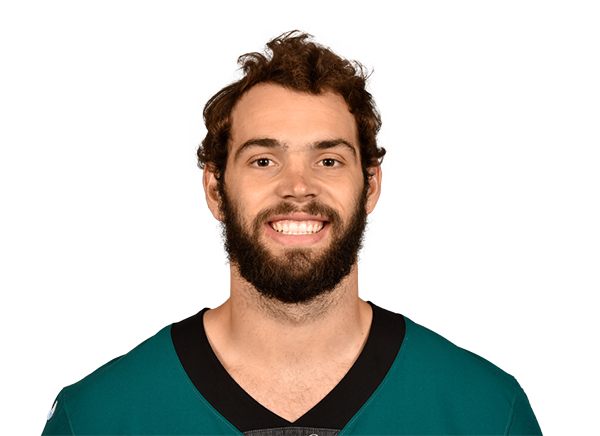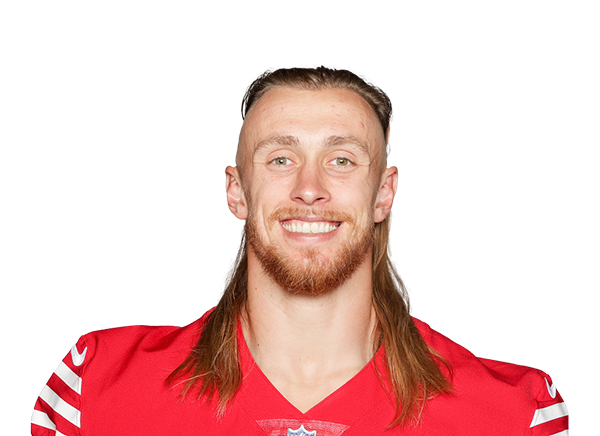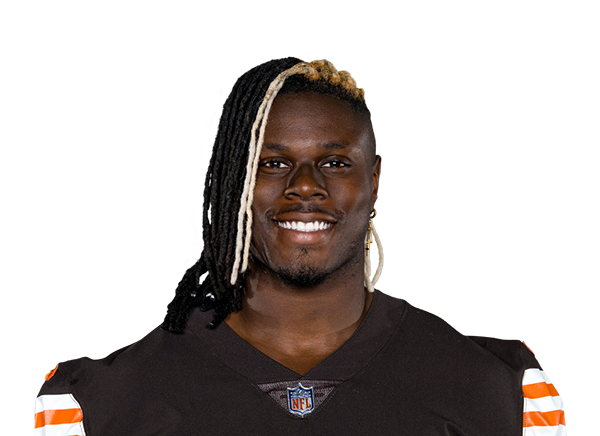John Hogue: Dynasty Superflex Rookie Rankings Explained
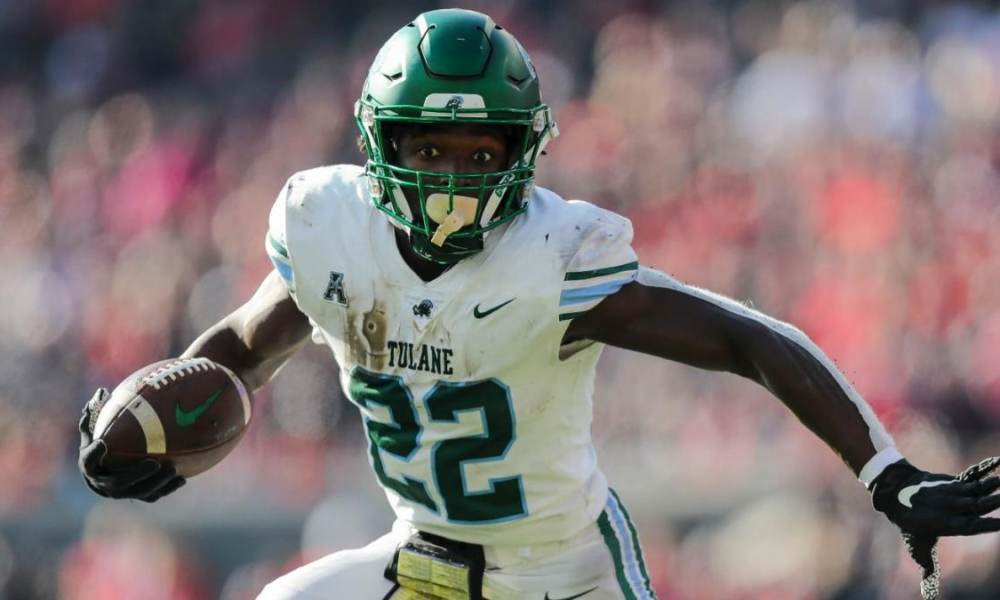
Earlier this year, we introduced a new series, called Dynasty Rankings Explained, where DLF rankers not only explained their dynasty fantasy football rankings, and included a number of the 2023 rookie draft pick selections so you could see how we each, individually, value those dynasty rookie picks in comparison to players as if it were a dynasty fantasy football startup draft. Now that we are well past the NFL Draft and looking forward to the NFL Season starting, we decided to bring it back, this time focusing on our dynasty rookie rankings.
DLF has always offered our readers multiple sets of dynasty fantasy football rankings from different experts to provide a broad view of player rankings. With many different strategies for building a successful dynasty team, no single set of rankings could possibly meet the needs of every coach. Instead, we've long subscribed to the idea of our experts providing their own individual rankings, ultimately giving our readers the opportunity to gravitate to a particular expert who closely matches their own style of ranking or, perhaps, instead choosing to use an average ranking across all experts.
A note about the tables. The Rank column indicates this ranker's personal rankings. The AVG column indicates the consensus rankings value at the time these rankings were created. The "+/-" column indicates how much higher or lower the ranker is than the consensus average.
Each week we will provide rankings for 48 dynasty rookies in a Superflex, PPR format. For a closer look at all our rankings, please visit our consensus dynasty fantasy football rankings and catch all of the Dynasty Fantasy Football Rankings Explained series.
SUPERFLEX DYNASTY ROOKIE RANKINGS: JOHN HOGUE
SUBSCRIBE TO DLF PREMIUM!
Gain Instant Access to this resource and so much more!.
Premium membership provides access to all of our industry-leading dynasty fantasy football content.
You can also get a DLF Premium Membership for FREE! Find out how.
Want more info about DLF Premium? Find out more
Have questions or need some help? Contact Us
Already a DLF Premium Member? Log in now!






